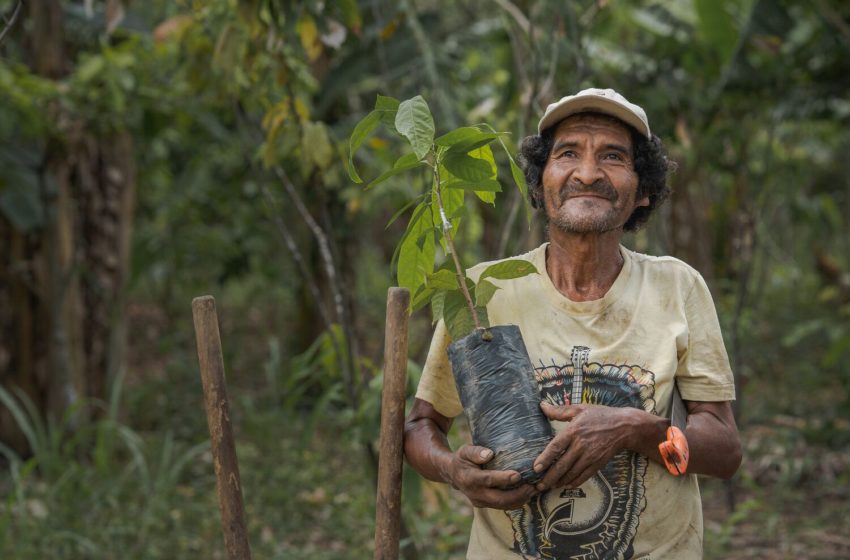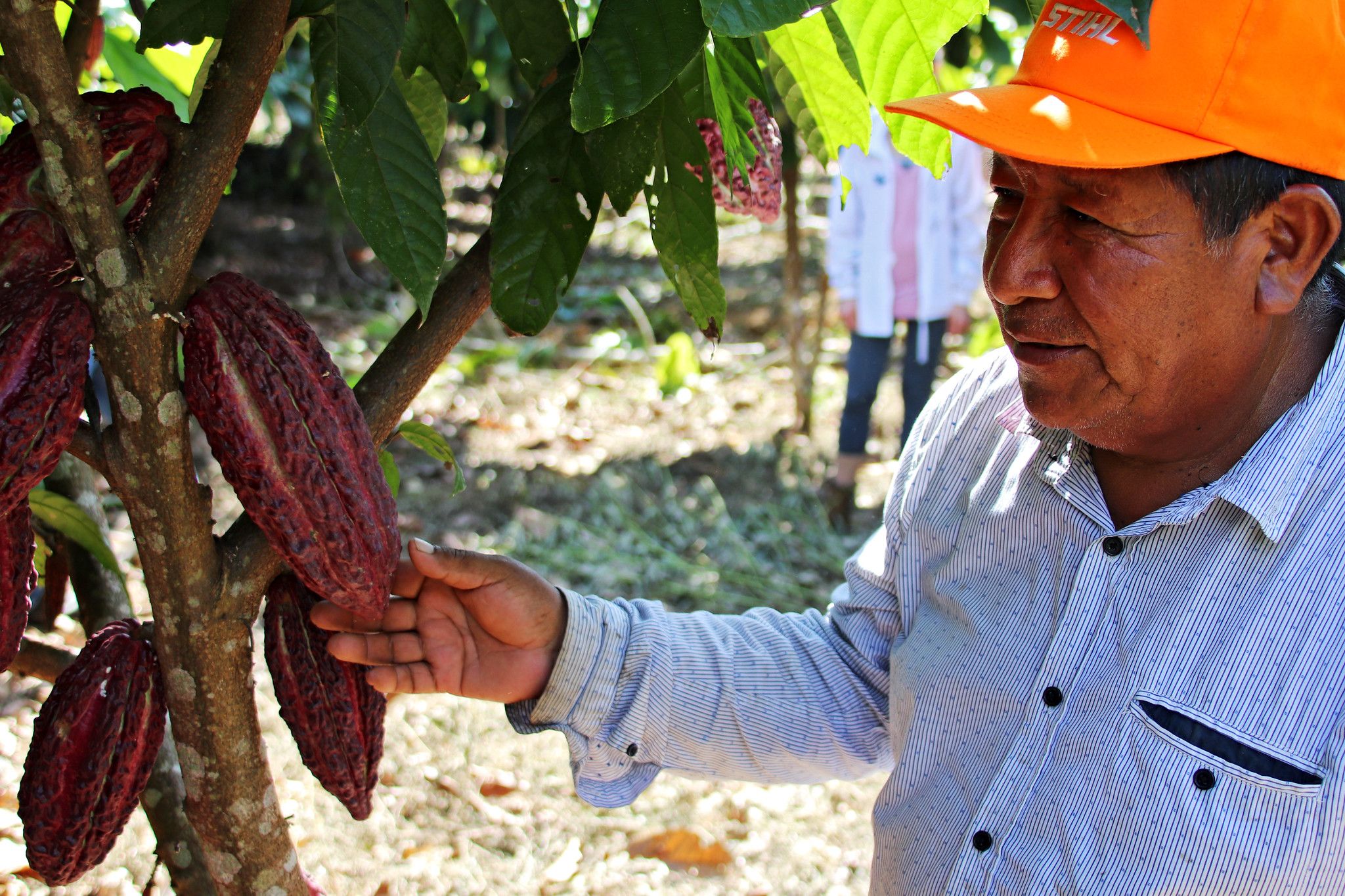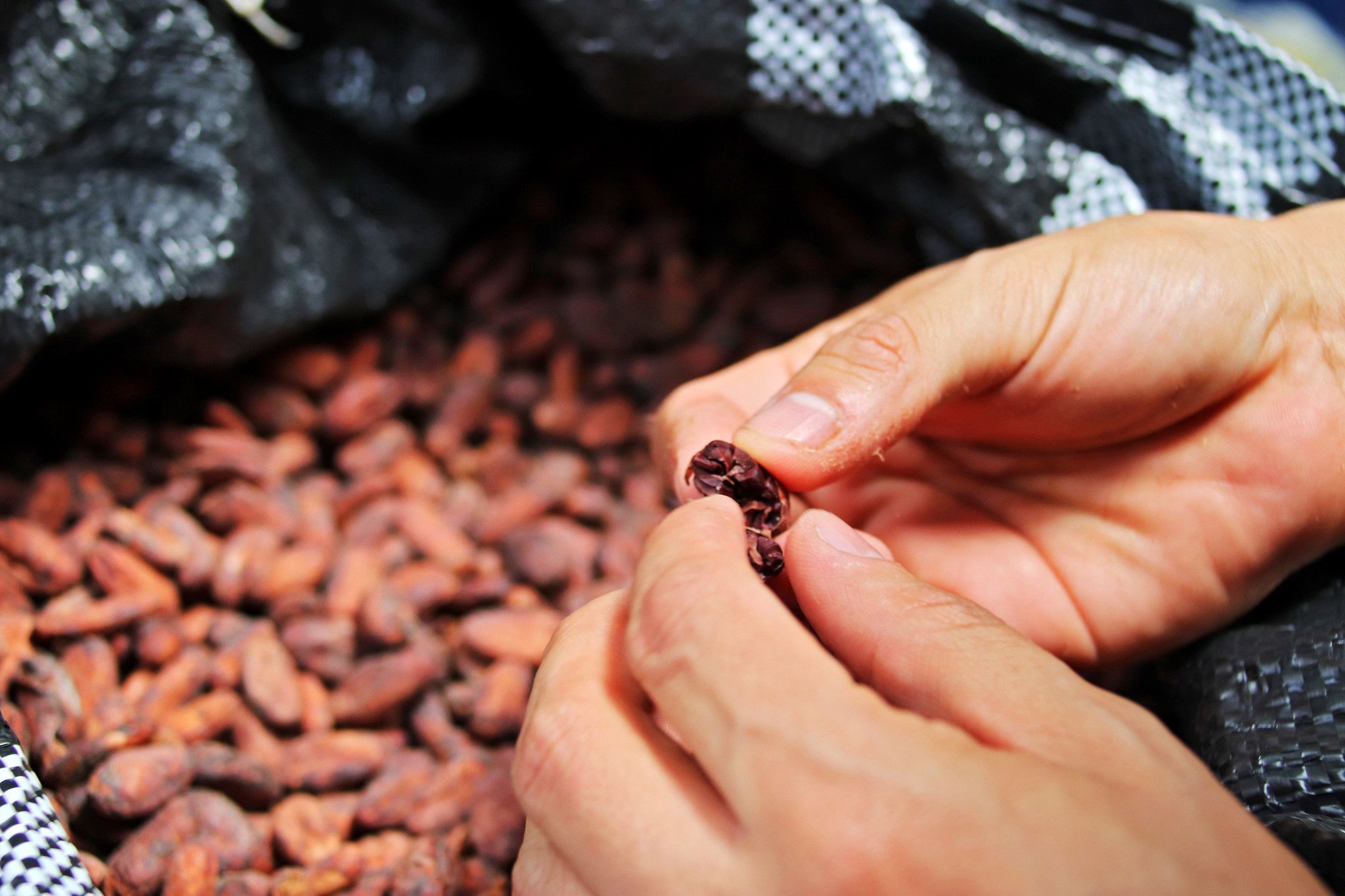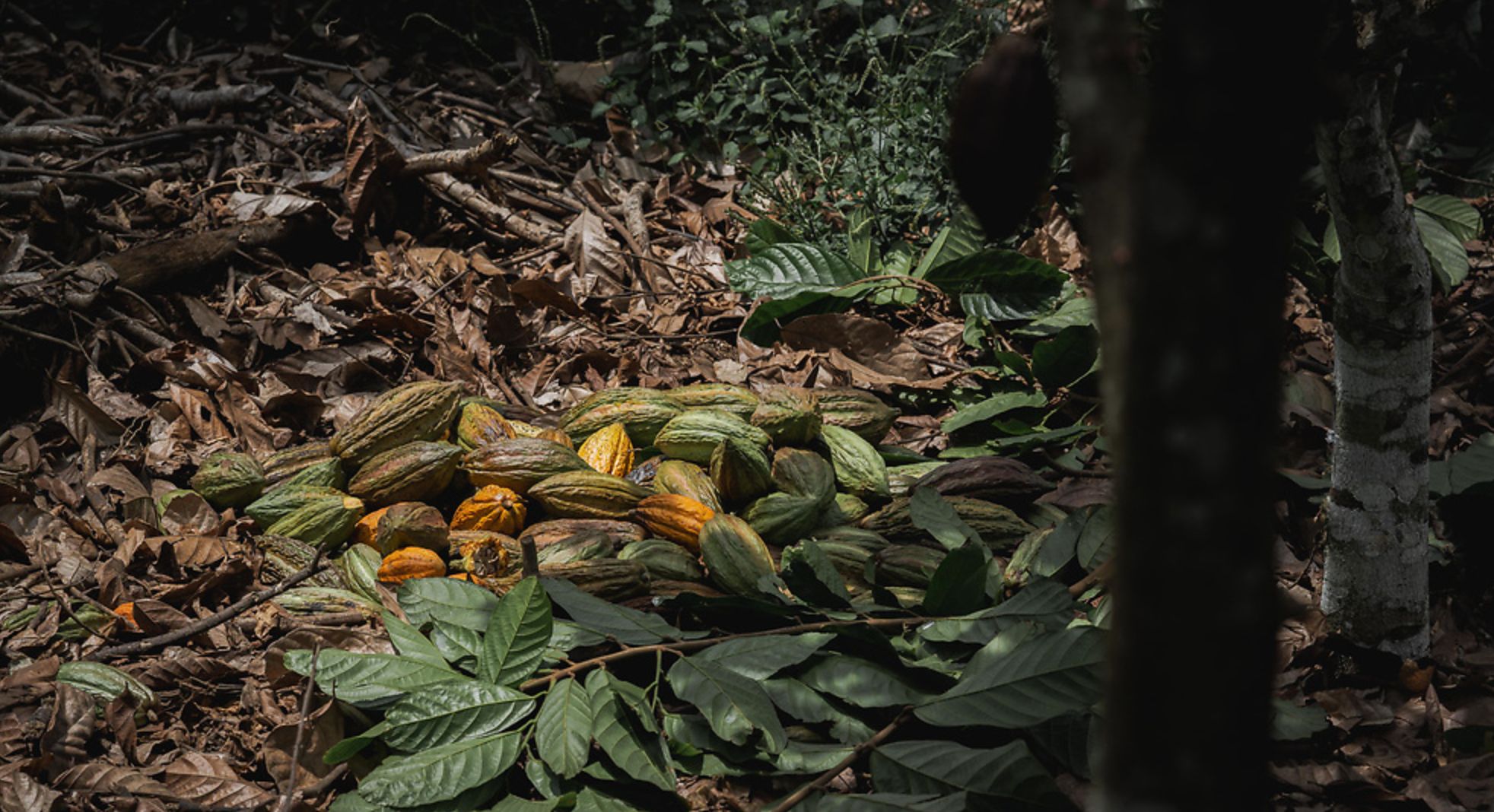
Re-storing the Peruvian Amazon Throughout Agro Forestry at a Bufferzone
This is a lush tropical rain forest offers habitat for the immense assortment of endangered and rare wild life, like jaguars and giant otters.
At a buffer zone north of this book, yet, property degradation is having a toll on the eco system. This property has endured mining. Single-crop plantations of berries supply town with high-income earnings but strip the land of nourishment after just some decades. After the property is too bloated to encourage their plants, farmers regularly clear woods seeking fresh plots of land that is ancestral.
All these scenarios are fast changing because of a radical endeavor to alter agriculture from already-converted property in the south eastern region of Peru. It’s really a partnership between local non-governmental organization AIDER,” 1 Tree Planted, natural funding finance director Althelia, and neighborhood farmers, who’re working together to renew the property through agro forestry .
Forest recovery may play a enormous role in reducing worldwide emissions and tackling poverty. Successes out of Madre de Dios reveal how recovery projects might be built to suit within worldwide financial mechanics while setting the requirements of a regional community .
Exactly why Agro Forestry?
Preventing this property with the addition of trees and improving farming techniques would yield $2 3 billion in net benefits over 50 decades, a value comparable to approximately 10 percent of annual food exports by the area. That is the average of 1,140 a hectare.
This endeavor includes major consequences for climate change. In tact rainforests are considered to absorb carbon dioxide out of the air compared to other woods, and dedicated pros center on maintaining trees which consume the maximum carbonmonoxide. Up to now, AIDER has eased the recovery, conservation and protection of over 1.1 million hectares (2.7 million acres) of woods and degraded property –financing its own conservation efforts as 2009 by attempting to sell carbon credits achieved throughout the un REDD+ frame work.
Finalized at 2015, it gives an easy method to cover forest management which reduces emissions from developing states, in which polluting countries should buy carbon credits from projects that reduce emissions from deforestation.


Agro-forestry at the Bufferzone
Using support from REDD+, most farmers ‘ are replacing papaya plantations together with mixed agro forestry systems which help the farmers and the ecosystem.
A more regular agro forestry system within this region involves a most important harvest, such as cacao; an shadow component, such as pineapple or banana; a restoration harvest, such as guava; and quick- and – engineered wood species. Growing a mixture of shrubs and trees mimics the behaviour of a woods, and helps the soil retain water and nutrients, protecting the soil and increasing carbon dioxide.
Together these plants create short- and – longterm income cycles for its farmers. Pedro Villa, one particular farmer, has property in the outskirts of this rain forest. Many ages back, his property was home to virgin woods, but that is removed to make way for a papaya farm which depended heavily on materials. Villa came at the region in 1975 as a cattle rancher, driven by incentives by the federal government at that resulted in widespread deforestation as farmers stripped woods for pasture soil. He says,”I’m bringing forest to my farm”
His newly restored property seems to be woods however, isalso, in reality, a neatly ordered agro forestry system. Since Villa restores the hive, trees are coming into that which is presently a diversified farm at which creatures and cacao have now grown, and cattle and hens increased. In addition, he develops boliana, a quick-growing lumber ready for harvesting over five decades.
Villa’s key income arises in four forms of cacao. In 2017he also processed 3 heaps of cacaothe raw ingredient of chocolate, now he feels comfortable at processing 20 loads.
To date,president of their regional farmers’ combined, is practicing agro-forestry of a marginally different kind. Even though he grows cacaothat he cultivates 1-5 forms of indigenous blossoms to market into the eco tourism lodges which are flourishing in this region of the rain forest. In accordance together with the biodiversity of this local volcano, he’s currently allowing uncontrolled trees to populate his own territory, where he develops maize, cacao and carrots and keeps cows. In a noteworthy invention, Sanchez uses mucuna (also called velvet bean), an invasive legume, to ready the ground for plantingit fixes nitrogen in to the nutrient-depleted dirt –after which accomplishes it until planting his plants.

The spot has turned into an attractive chance for investors as a result of reduce chance of its own carbon credits. During REDD+, most local folks have incentives to restore and save property, demonstrating a decrease risk because of its carbon monoxide market of rising shrub and tree pay to cut back emissions.
The role played by the company, nevertheless, isn’t without risk. Illegal mining is also entangled, controlling huge swathes of property and also ruining valuable virgin and secondary rain forest, and earning a steady flow of illegal money. The lifestyles of these top conservation and restoration efforts, for example as for instance AIDER, in many cases are jeopardized. The bait of benefit proceeds to induce mining.
But all these are promising outcomes. They indicate a way to a of earth’s most pressing ecological issues. The majority of the emissions–42 percent at the time of 2014–from the Latin America region are generated not in energy however out of landuse change and forestry.
The drivers of the shift include large- and – small agricultureand infrastructure projects, and mining. It’s all up to urges to offer you an even more promising option to both farmers and communities that reside in such essential ecosystems.
1 Tree Planted is honored to have participate in this endeavor in partnership using the World Resources Institute in addition to AIDER. Partnerships such as these let us not just have a growing number of trees to the floor but also lets us help so a lot more individuals like local farmers across the globe. In the event that you’d want to subscribe for the particular project, please see our official Amazon Project to master more.